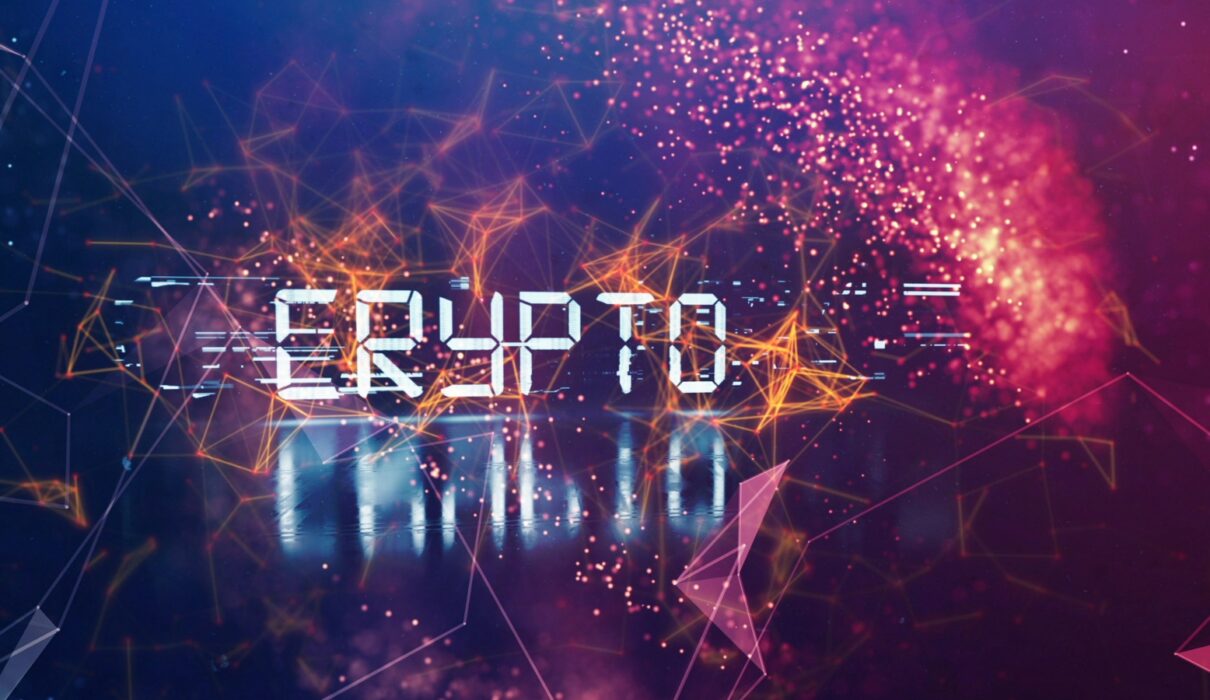Singapore has emerged as the top digital-assets hub in 2024, outpacing Hong Kong, which continues to face challenges in gaining momentum. This year, Singapore issued 13 cryptocurrency licenses, more than doubling the six licenses granted in 2023. Among the recipients were prominent exchanges like OKX and Upbit, along with global players such as Anchorage, BitGo, and GSR, as reported by Bloomberg.
“Hong Kong’s regulatory framework for exchanges is more restrictive in key areas, such as the custody of customer assets and token listing or delisting policies,” explains Angela Ang, senior policy adviser at consultancy TRM Labs. “These stricter rules may have shifted the advantage toward Singapore.”
Hong Kong, meanwhile, has fallen short of expectations with only seven platforms securing full licenses. Notably, four of these approvals were issued on December 18 but came with restrictions. An additional seven platforms have been granted provisional permits, reflecting the slower pace of regulatory progress in the region.
Hong Kong has adopted a strict regulatory framework aimed at minimizing risks for investors and ensuring market stability.
“It’s a high standard to meet while remaining profitable,” explains Roger Li, co-founder of One Satoshi, a chain of stores in Hong Kong specializing in over-the-counter crypto-to-cash conversions.

Meanwhile, David Rogers, regional CEO of market maker B2C2 Ltd., has chosen to apply for a license in Singapore. He highlights the difference in approach between the two hubs, noting that Hong Kong’s unique administrative regime comes with a distinct risk profile. In contrast, Singapore’s supportive digital-asset environment provides a “safe, long-term choice” for establishing a regional hub. “We are taking a risk-adjusted approach here,” he adds.
Ben Charoenwong, associate professor of finance at INSEAD, emphasizes Singapore’s openness to fostering collaboration between new entrants and established institutions. “Singapore’s framework encourages interaction and growth,” he explains.
By comparison, Hong Kong’s focus on catering to established financial institutions leaves limited room for new players and constrains the potential for innovation.
Bitcoin’s remarkable rise to $100,000 in December represents a milestone in its volatile journey, one characterized by dramatic peaks and deep valleys. The cryptocurrency first gained widespread attention in 2017, when its price soared to nearly $20,000. However, this success was short-lived, as Bitcoin’s value plummeted to around $3,000 by the end of 2018—a crash often compared to the dot-com bubble burst. Skepticism grew amid concerns about market fraud and potential regulatory crackdowns, slowing Bitcoin’s momentum for several years.
A significant turning point came in 2021, when Bitcoin surged to $60,000, fueled by institutional investors and growing acceptance as a hedge against inflation. But this peak was fleeting. By mid-2021, its value had halved due to events like China’s crackdown on Bitcoin mining and Tesla’s suspension of Bitcoin payments, as announced by Elon Musk.
Although Bitcoin rebounded to $69,000 in late 2021, rising interest rates from the Federal Reserve dampened enthusiasm for riskier assets, including cryptocurrencies. This marked the start of a prolonged “crypto winter,” as described by the World Economic Forum. The collapse of FTX in late 2022 further eroded confidence in the market, leaving Bitcoin at a low of $16,548 by the end of that year.


